What is it?
- Nonsurgical management of primary liver or metastatic liver lesions.
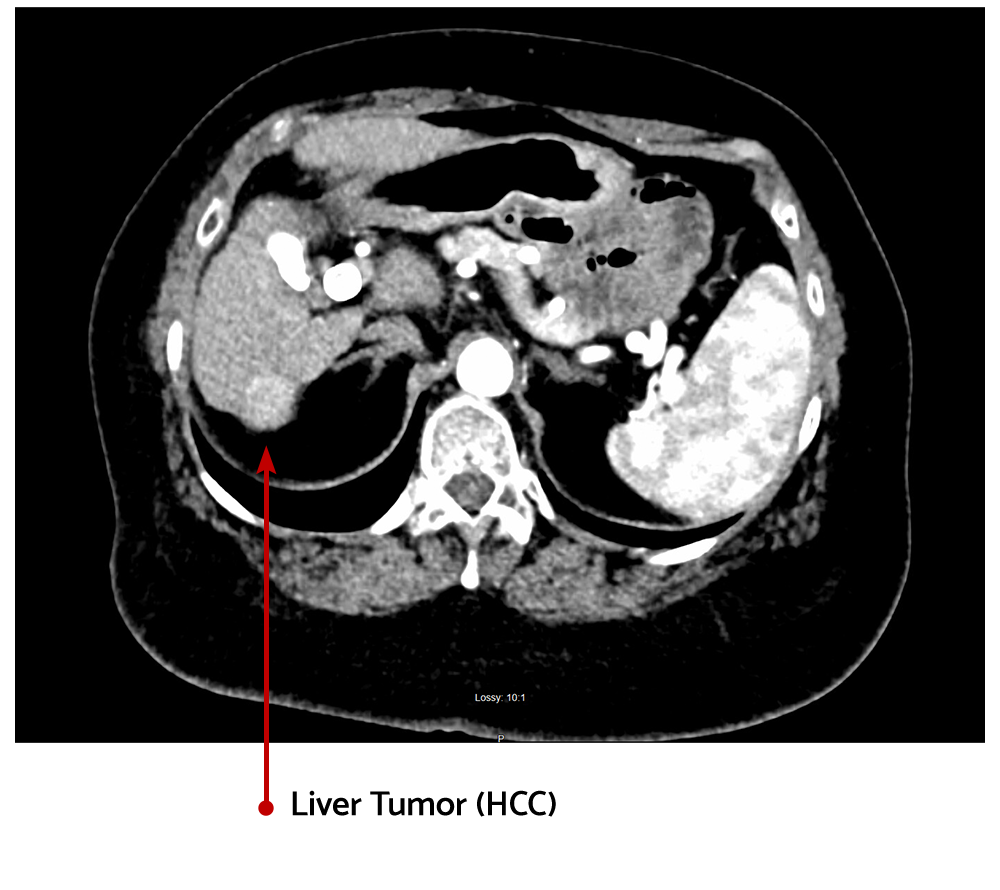
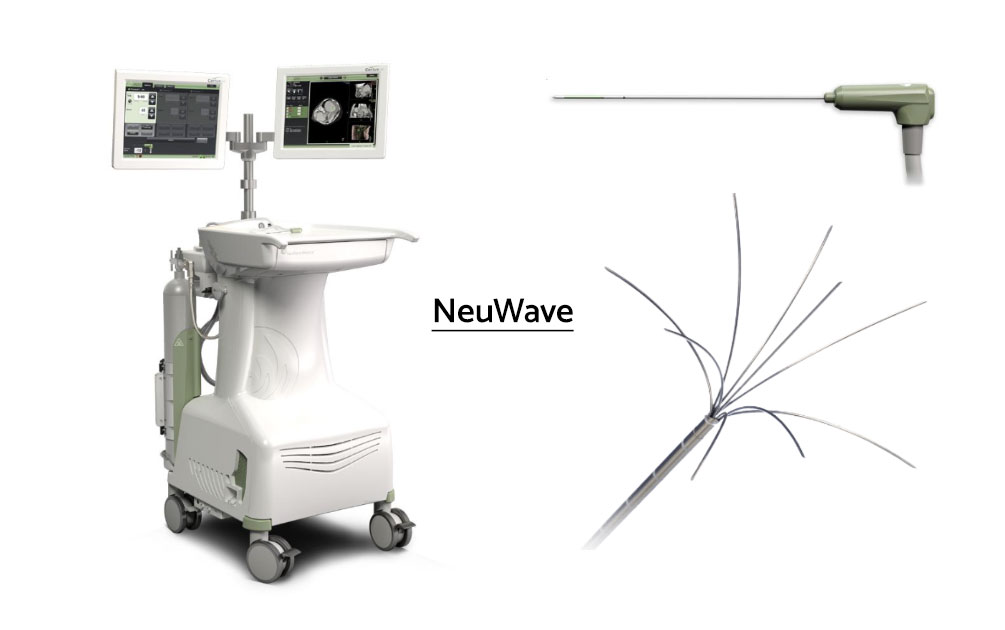 Several types of ablative therapies available:
Several types of ablative therapies available:
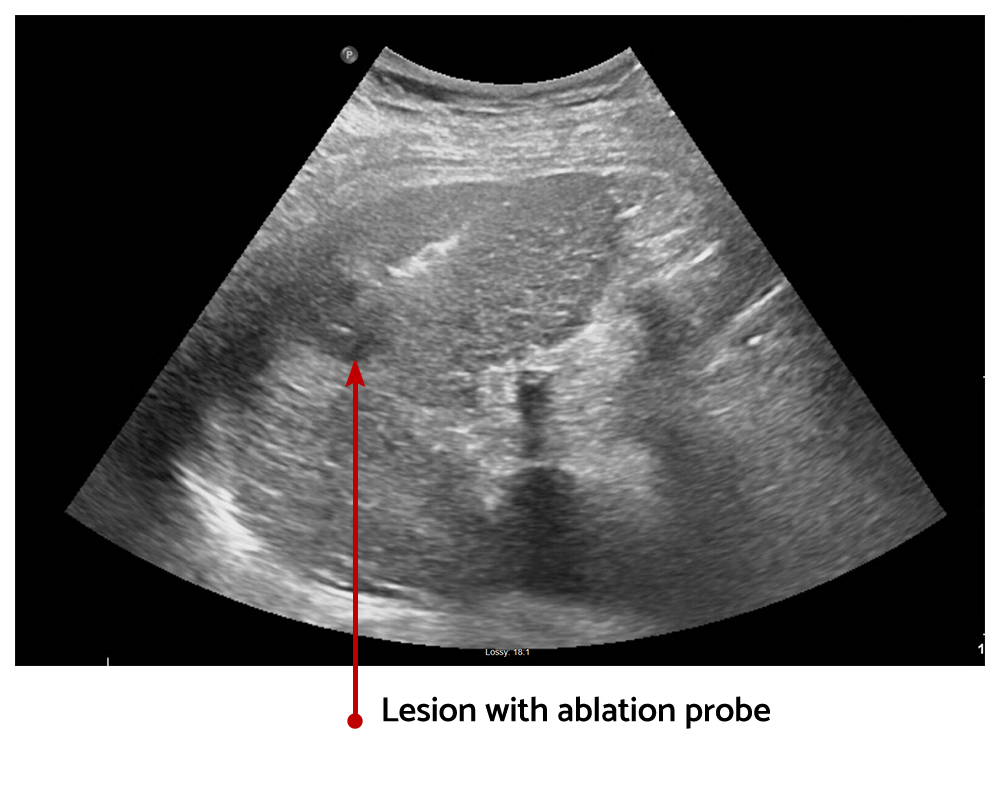
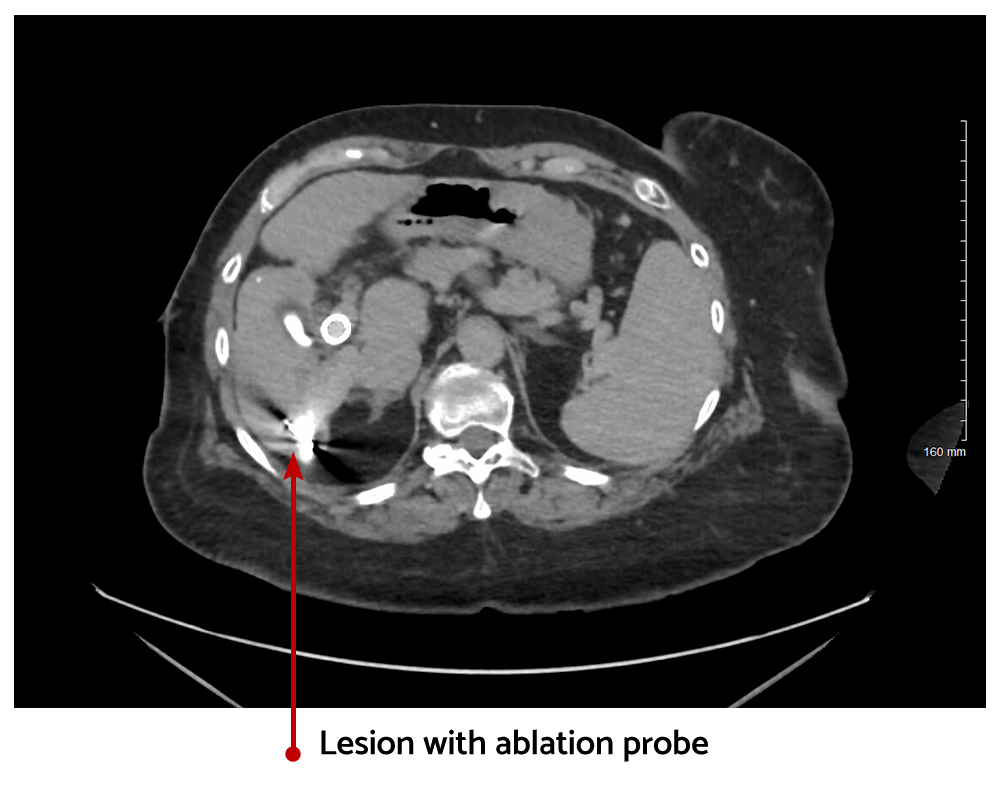

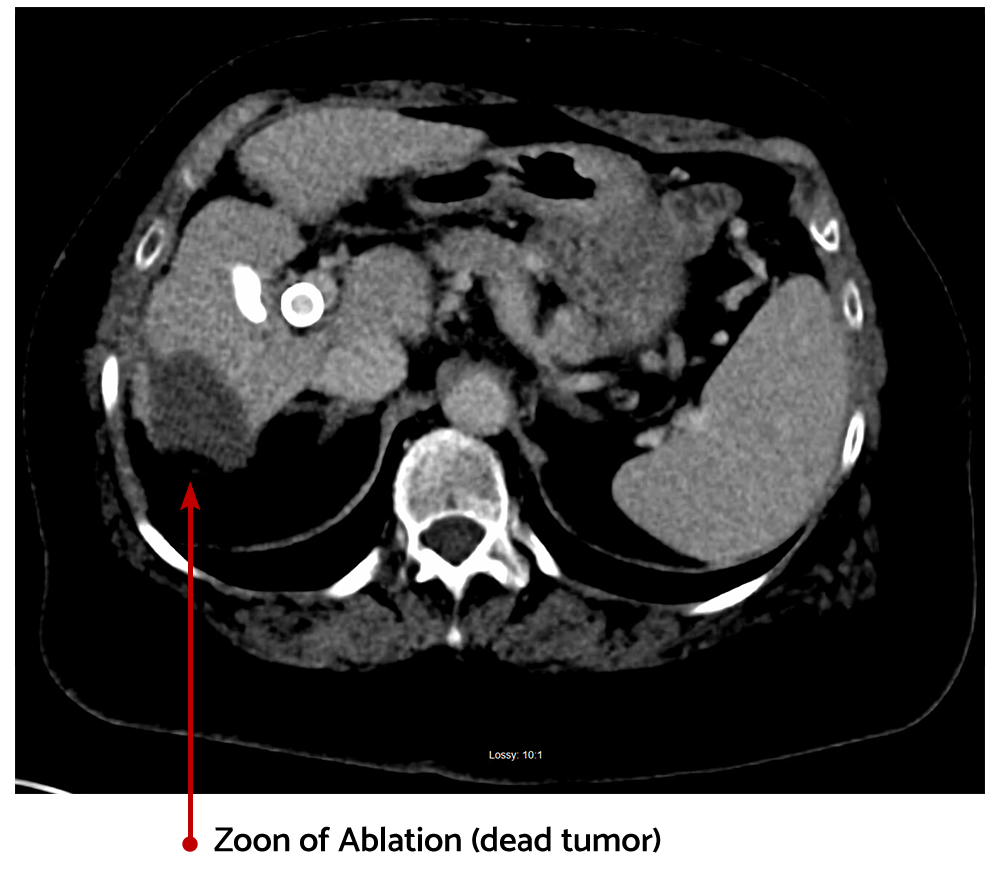
If you have know liver cancer or metastatic cancer to liver and would like to be evaluated for potential liver directed therapies, please book an appointment.